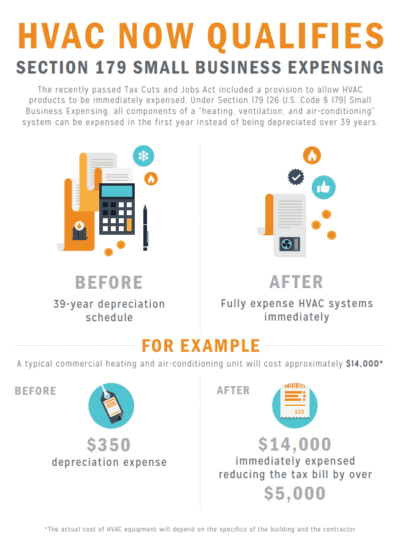Best Practices For Boosting Heatpump Effectiveness After Installment
Best Practices For Boosting Heatpump Effectiveness After Installment
Blog Article
Personnel Writer-Gonzalez Mclaughlin
To ensure your heat pump runs at peak efficiency post-installation, carrying out expert pointers can make a considerable difference. From basic upkeep tasks like altering filters to optimizing temperature level setups and improving air flow, there are various methods to check out. By adhering to these skilled referrals, you can not just enhance your heat pump's efficiency yet also potentially reduced energy prices and raise comfort levels in your home. Ready to elevate your heatpump's performance and take advantage of your financial investment?
Normal Maintenance Tasks
When it concerns boosting the efficiency of your heat pump, regular maintenance jobs play an important role. Making sure that your heat pump is well-maintained not just expands its lifespan however also aids it run at peak performance degrees.
One of one of the most vital maintenance tasks is consistently transforming or cleansing the air filters. Blocked Check This Out can restrict air movement, making your heat pump job harder and consume even more power. It's suggested to inspect and clean or replace the filters every 1-3 months, depending on usage and the kind of filter.
Another important maintenance task is evaluating the outside unit for any kind of debris or obstructions. Leaves, dust, or various other particles can gather around the device, hindering air flow and decreasing effectiveness. Routinely clearing the area around the outside unit can assist guarantee ideal performance.
In addition, organizing annual expert upkeep checks can assist recognize any kind of potential issues prior to they escalate, maintaining your heat pump running efficiently and successfully. By remaining on top of these maintenance jobs, you can take full advantage of the effectiveness and long life of your heat pump.
Ideal Temperature Settings
To ensure your heat pump runs successfully, setting the temperature correctly is essential. For optimal efficiency, it's advised to establish your heatpump thermostat to around 68 ° F throughout the cooler months when warming your home. This temperature level strikes a balance in between convenience and energy cost savings.
If you really feel freezing, try using cozy clothing or making use of blankets prior to increasing the thermostat setting. Throughout the warmer months, aim for a setup of around 78 ° F for air conditioning. This will certainly help prevent your heat pump from straining and eating excess power.
Prevent drastic temperature modifications, as they can lead to ineffectiveness and greater energy intake. Think about buying https://clean-windows-from-inside61605.webdesign96.com/31013009/take-advantage-of-precision-in-your-heat-pump-setup-process-a-cautious-and-systematic-technique-will-ensure-both-performance-and-long-lasting-comfort-in-your-home to immediately readjust the temperature based on your schedule.
Additionally, keep https://www.globenewswire.com/news-release/2020/11/13/2126560/0/en/The-U-S-HVAC-market-by-revenue-is-expected-to-grow-at-a-CAGR-of-approx-4-during-the-period-2019-2025.html and doors shut when the heat pump functions to maintain regular temperatures. By sticking to these temperature level setups and practices, you can improve the performance and long life of your heatpump system.
Enhancing Air Flow and Insulation
Optimizing air flow and ensuring proper insulation are key elements of taking full advantage of the performance of your heatpump system. Begin by frequently transforming your air filters to avoid blockages that can limit air flow. Dirty filters make your system job harder, minimizing performance and enhancing power usage.
In addition, check for any blockages around your vents and clear them to allow for much better air movement throughout your home.
Appropriate insulation is essential for maintaining a consistent temperature level and reducing the work on your heat pump. Shield your home's walls, floorings, and attic room to stop heat loss in the winter and maintain the trendy air in during the summertime.
Seal any type of gaps or splits around windows and doors to more improve insulation and avoid air leakage.
Conclusion
By following these specialist ideas on maintaining your heatpump's performance, you can ensure it continues to run effectively and save money on power prices. Regular maintenance tasks, ideal temperature level settings, and enhancing air movement and insulation are key to maximizing the performance and long life of your heat pump. Remember to remain proactive in caring for your heatpump to take pleasure in a comfy and reliable heating and cooling experience all the time.
